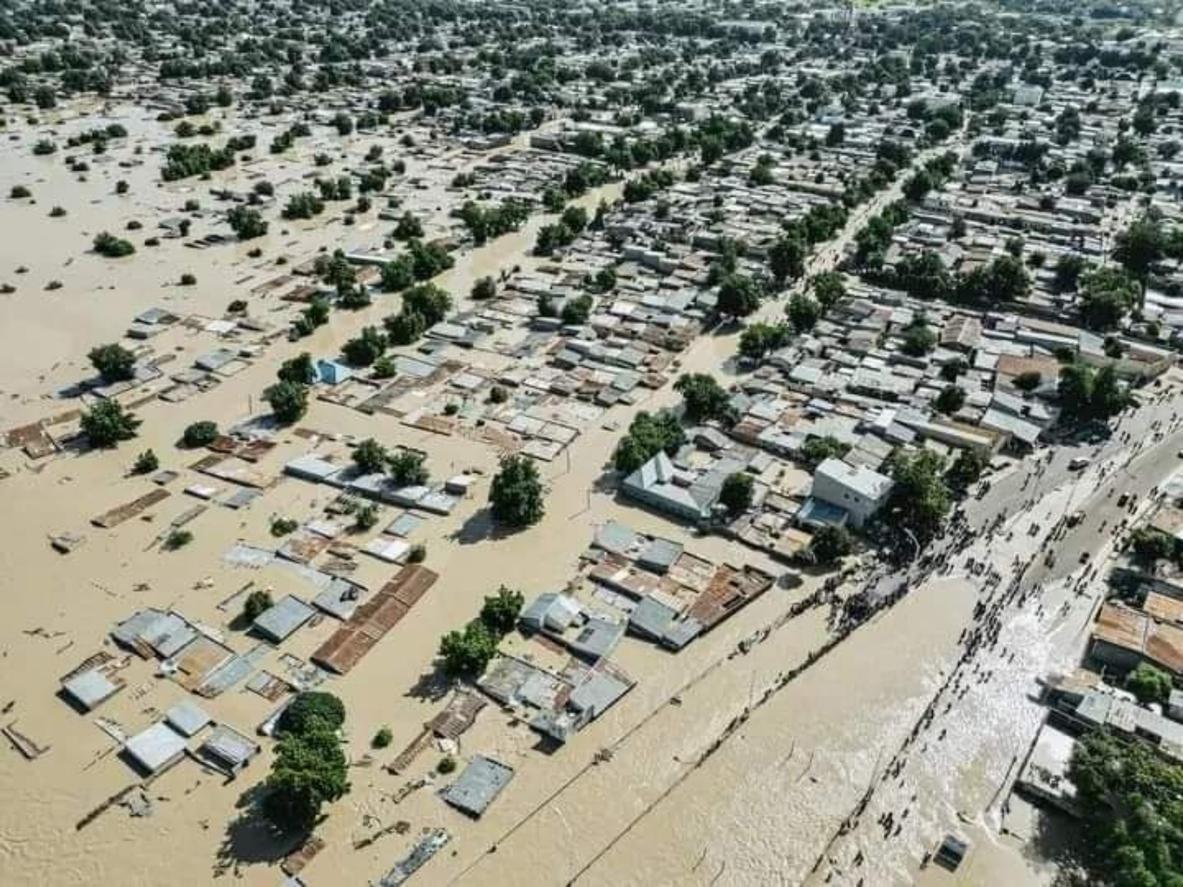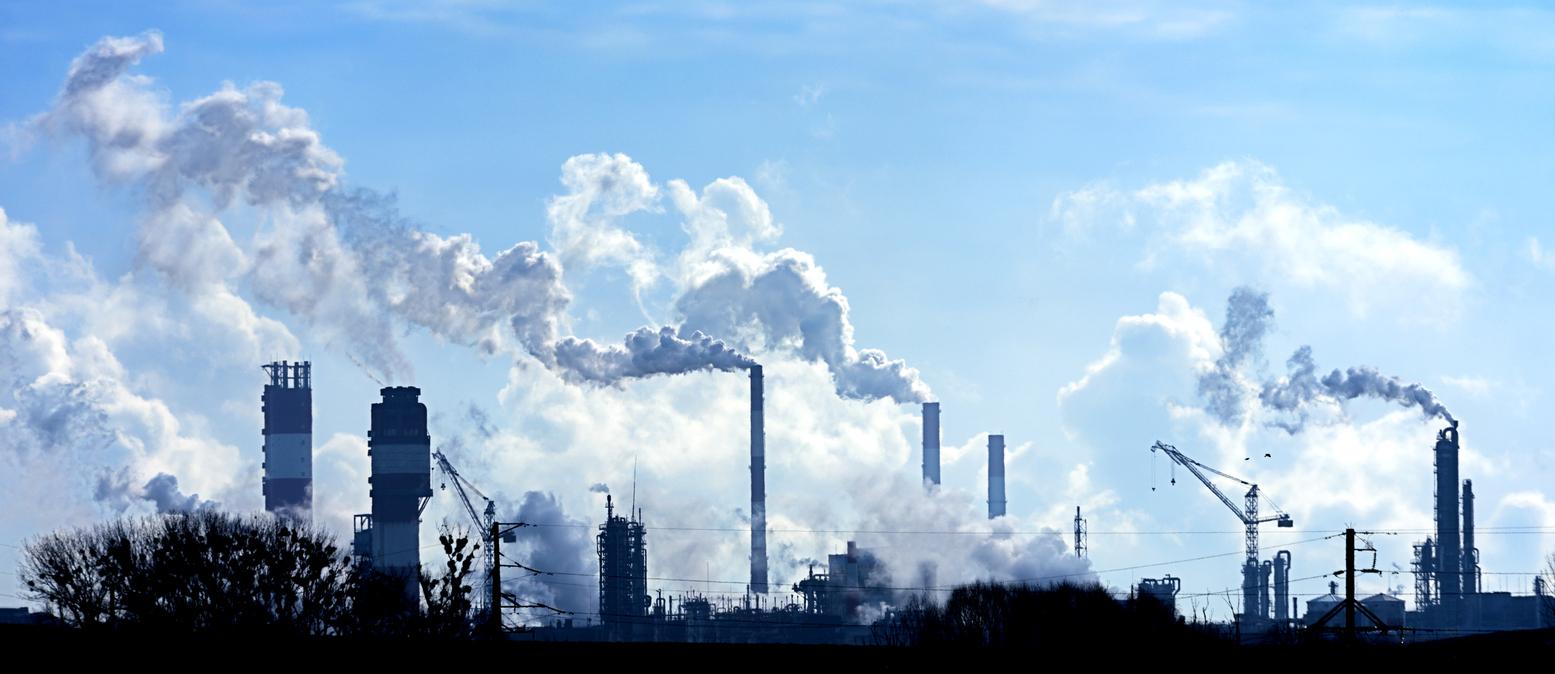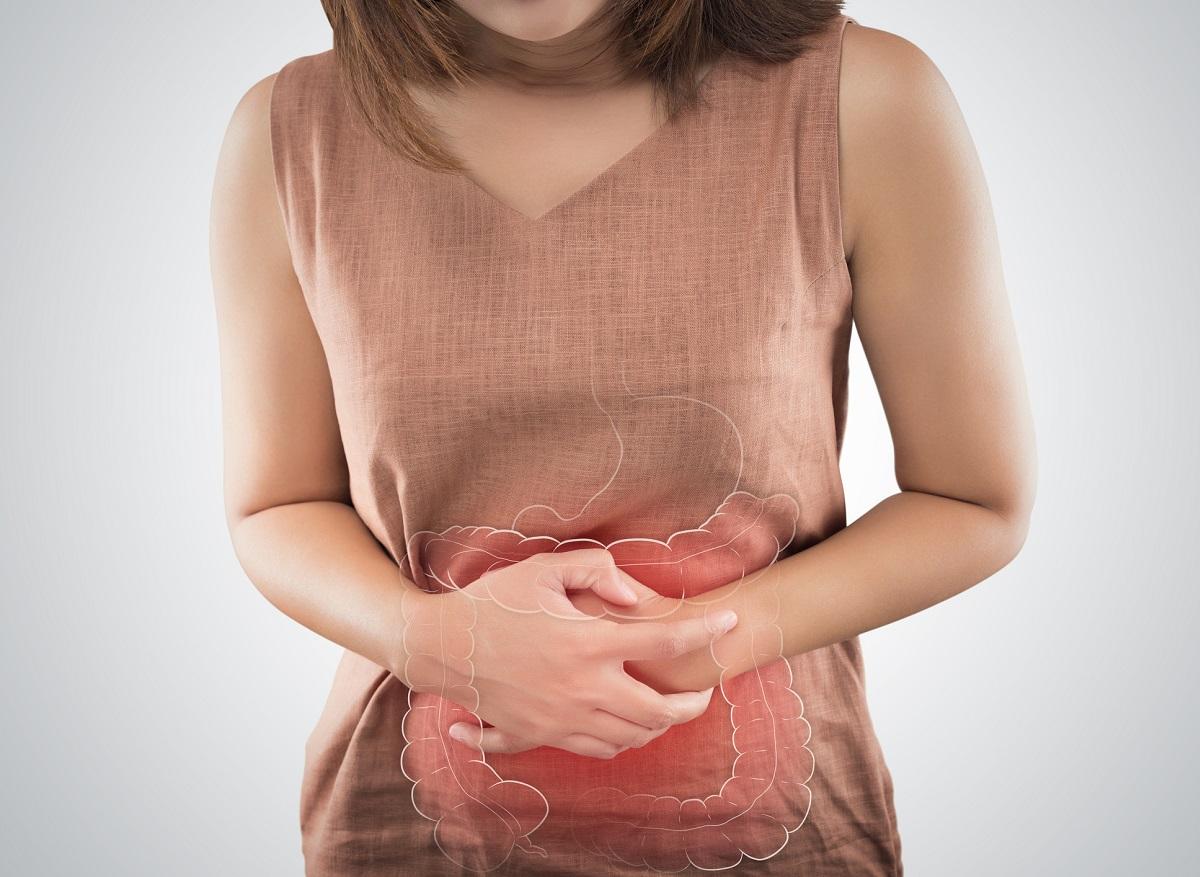Rising humidity, day length and temperatures increase the risk of contracting campylobacteriosis, a bacterial infection that causes diarrhea.

- Campylobacteriosis is a bacterial infection that can cause diarrhea and stomach pain.
- Due to increased humidity, longer days and high temperatures, a sharp rise in diarrheal diseases has been observed.
- Heat could increase the survival and spread of pathogenic bacteria.
“There is several evidence that weather conditions and climate influence the spread of certain infectious diseases, determining their seasonal and geographic distribution. This is relevant for gastrointestinal infections, which cause high morbidity and mortality in the world. Weather conditions can impact the behavior of people, survival and distribution of pathogens, breeding and other environmental factors”, said researchers from the University of Surrey (England).
In a recent study, they wanted to analyze the impact of weather conditions on the transmission of campylobacteriosis, a bacterial infection that can cause diarrhea and stomach pain. As a reminder, Campylobacter is one of the four main causes of diarrheal diseases worldwide. According to the World Health Organization (WHO), it is considered the most common bacterial cause of human gastroenteritis worldwide. These infections are usually mild, but they can be fatal in very young children, the elderly, and immunocompromised people.
Campylobacteriosis: more cases due to humidity and high temperatures
For the purposes of the work, the scientists examined data from around one million cases of campylobacteriosis in England and Wales over a period of 20 years. According to the results, published in the journal PLOS Computational Biology, incidences of campylobacteriosis were constant below 8°C. However, a sharp increase in infections (around one case per million people) was observed for every 5°C rise in temperature, where temperatures were between 8°C and 15°C.
Another observation: cases tended to increase with humidity in the range of 75 to 80%, while associations with precipitation and wind speed were weaker. Scientists have also identified a link between an increase in cases of campylobacteriosis and the length of the day, i.e. a day of more than 10 hours.
“It could be that heat increases the survival and spread of pathogenic bacteria”
“We don’t fully understand why this might happen. It could be that heat increases the survival and spread of pathogenic bacteria or it could change people’s behavior and the way they socialize during these times.” concluded Dr. Giovanni Lo Iacono, lead author of the study, in a statement.















